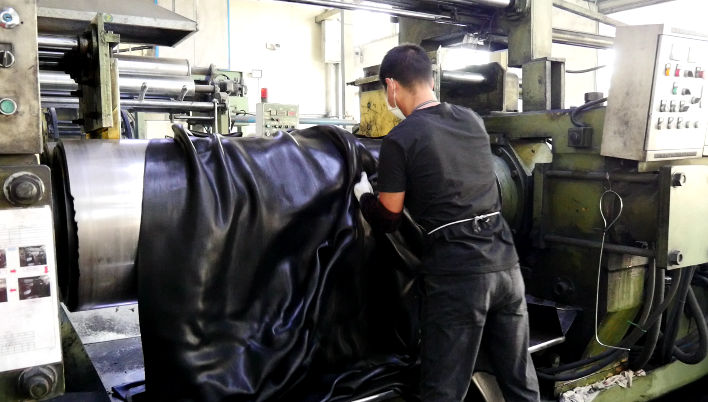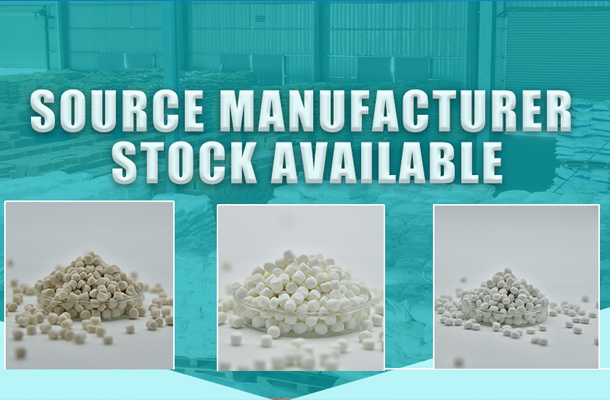The treatment methods for rubber compound that has undergone scorch vary depending on the severity of the scorch. Here's how to handle it:
For Mildly Scorched Compound:
- Roll Mill Sheet Off: Place the compound in an open mill for sheeting off, initially with a wider gap between the rollers, then adjust to 0.5–1.5mm.
- Temperature Management: Maintain roller temperature below 40°C to 45°C to minimize further heat-induced scorching.
- Add Stearic Acid: Incorporate 1–3 parts of stearic acid, which helps disrupt any early-stage cross-link formations.
- Reduce Batch Size: Load half the amount of compound to reduce frictional heating.
- Multi-Stage Sheet Off: Treat every 5 cycles as a phase; mildly scorched compound may require one to three such phases.
- Rest & Blend: After treatment, let the compound rest for 24 hours before blending it at a 1:1 ratio with fresh compound.
For Moderately Scorched Compound:
- Similar Roll Mill Sheet Off, but include 2–3 parts of zinc salt of pentachlorothiophenol (ZnO-PCP) during the process to soften the compound.
- Add Softeners: Based on the compound color, select suitable softeners like rosin or terpene resins for light-colored compounds, or creosote oil for black compounds, added in amounts of around 5–10 parts.
- Limit Blending Ratio: The proportion of this compound blended with normal compound should be controlled within 5–10%.
For Severely Scorched Compound:
- Use Special Additives: Beyond the above steps, incorporating activators like TBPD (2,2'-Dithiodiisooctyl Phenolate) can further break down cross-links, often used in conjunction with ZnO-PCP.
- Specific Softeners: Depending on the rubber type, for NBR, dibutyl phthalate could be used as a softener.
- Strict Process Control: Throughout the process, strict control over temperature and mixing time is crucial to effectively alleviate scorching.
These methods aim to restore the processability of the scorched compound, but it's important to note that severely scorched material may not fully recover, and the properties of the treated compound may differ from the original formulation. Hence, prevention of scorch during processing is paramount.








